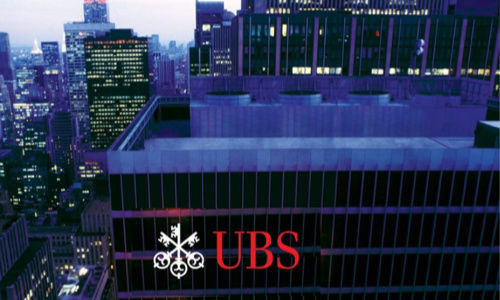UBS Risks U.S. Claims Ticking Higher
The Swiss bank is running into potentially costlier trouble at its U.S. wealth arm. The problem stems from ex-Credit Suisse brokers who defected when the Swiss bank sold to Wells Fargo.
Claims from UBS clients disgruntled about an options strategy the Swiss bank marketed in the U.S. as «market-neutral» are soaring, according to U.S. brokerage outlet «Advisor Hub». Lawyers for the clients underpin their argument with claims losses could top $1 billion due to recent crisis-induced market volatility.
The products, dubbed yield enhancement strategy or YES for short, was originally created in 2004 by two Credit Suisse brokers. The duo defected to UBS late in 2015, after Credit Suisse CEO Tidjane Thiam opted to shut its U.S. brokerage operations as part of a restructuring and capital replenishment.
Years of Wrangling
UBS' hiring of some of Credit Suisse's brokers set off four years of legal wrangling between the Swiss rivals, which was buried last year (Credit Suisse won). The client claims appear to be a new source of worry from the deal for UBS.
The bank told «Advisor Hub» YES was «generally limited» to clients with least $5 million and appropriate risk tolerances, and that clients signed off on the products in the knowledge that market ructions could induce losses.
Claims Pile Up
A lawyer for the plaintiffs claims roughly 1,500 UBS clients invested as much as $6 billion in YES strategy. Arbitration on 65 claims by UBS clients who are demanding $120 million in damages is set for June in Florida. The US. unit, which merged with UBS' wider private bank two years ago, also faced long-running claims from clients about how it sold Puerto Rico bonds.
The Americas, overseen by Tom Naratil, are the largest chunk of the unit, by assets and profit – if not by performance. The region, which includes Latin America, reported $3.3 billion of inflows in the first quarter. It spent 83 cents for every dollar it earns – a far clumsier cost-income ratio than in Asia or the European and Middle East business, where the metric hovers around 50 percent and 70 percent, respectively.


























